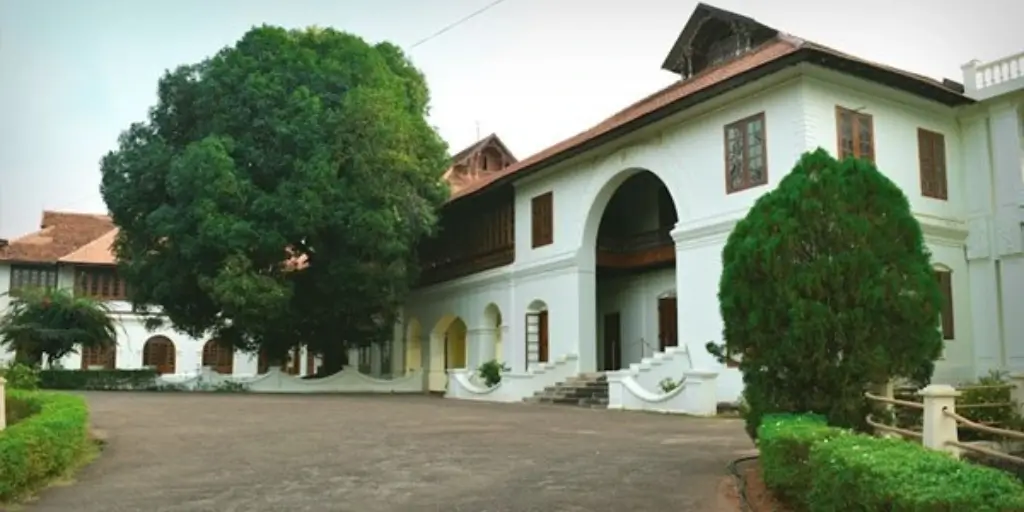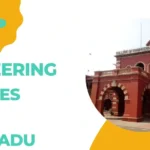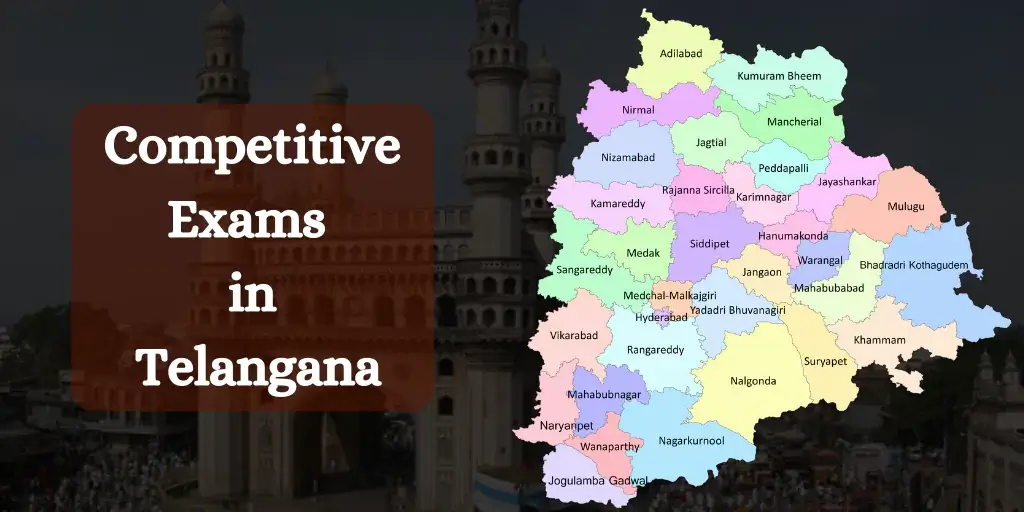Recently updated on November 26th, 2024 at 10:36 am
Kerala’s largest archaeological museum is located at the Hill Palace. Constructed in 1865, it formerly housed the Imperial Administrative offices and the Maharaja of Cochin’s official residence. With 49 structures designed in the local style, the palace spans 54 acres a Tripunithura Palacealace Archaeological Museum, Heritage Museum, Prehistoric Park, Deer Park, and Children’s Park.
The central feature of the museum structure is an open area held up by eight pillars. The structure houses eighteen primary galleries, each tastefully and educationally laid up. The Ettukettu, the oldest structure in this area, is home to the Heritage Museum.
History:
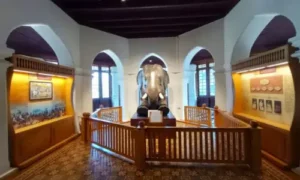
The Maharaja of Cochin, a former royal family of Kerala, constructed the Hill Palace in 1865. It functioned as the Kochi royal family’s administrative centre. Situated at the top of the hill, the expansive compound is encircled by beautiful vegetation.
By going to the Hill Palace Museum, students can directly connect to history. By observing the buildings, relics, and personal items of the Kochi royal family up close, they can learn more about the history, the rulers, and the area’s way of life.
Cultural Heritage:
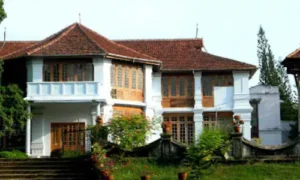
The palace complex fuses colonial and traditional Keralan architectural designs. Its ponds, fountains, and terraced gardens all contribute to its magnificence.
Students appreciate Kerala’s rich cultural legacy by exploring the museum. They can learn about regional art, craftsmanship, traditions, and customs through the on-display displays. This exposure fosters an understanding of cultural diversity and the value of heritage preservation.
Museum:

The Kochi Royal extensive collection of Hill Palace Museum Ernakulam Tripunithura sculptures, and the royal possesses Hill Palace Museum Tripunithura Hill Palace today.
Visitors can get a peek at Kerala’s rich historical and cultural heritage at the museum. By looking at how the palace was run, students can learn about the power dynamics, governance frameworks, and social structures of the era.
Collections:
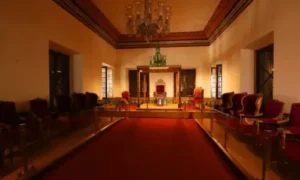
The museum has a wide variety of items on display, such as unique objects from several centuries ago, manuscripts, paintings, sculptures, weapons, and furniture used by the royal family.
The royal throne, ceremonial headdresses, antique coins, and jewellery are a few of the highlights. Various objects representing the region’s economic activities, including trade, agriculture, and craftsmanship, are included in the museum’s collection.
By dissecting these relics, students can learn about the economic structures that supported the Kochi kingdom and its interactions with other areas.
Heritage Importance:
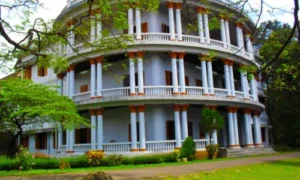
The Hill Palace Museum is one of Kerala’s biggest archaeological museums and is extremely important historically and culturally. It draws visitors, history buffs, and academics from all over the world and works as an invaluable archive of Kerala’s past. Kerala has had Portuguese, Dutch, and British colonial influence over the years.
The Hill Palace Museum’s architecture and artefacts shed light on the social, economic, and cultural effects of colonial rule over the area. Students might investigate how colonization impacted Kerala’s culture and history.
Cultural Conservation and Preservation:
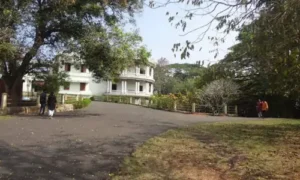
Examining the Hill Palace Museum can lead to conversations about how crucial it is to protect the cultural legacy. Pupils can gain knowledge about the steps taken to preserve historical locations and artefacts as well as the difficulties in keeping them intact for future generations.
Studying the Hill Palace Museum can be included in several courses other than social studies, such as environmental science, geography, literature, and art. Pupils can investigate relationships among historical occurrences, cultural customs, creative manifestations, and topographical features.
Tourism:
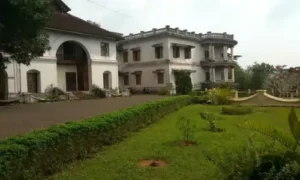
The Hill Palace Museum is a well-liked tourist attraction in Kochi, luring travellers with its alluring architecture, verdant surrounds, and plenty of historical artefacts. The history of the palace and the value of its collections can be learned through guided tours.
Students can improve their research, presentation, and critical thinking skills by visiting the Hill Palace Museum.
Also See: Top Schools in Kochi
Conclusion:
The Hill Palace Museum is a treasured heritage site for both locals and visitors, serving as a tribute to Kerala’s royal heritage. All things considered, the Hill Palace Museum provides social studies students with a wealth of educational opportunities to investigate history, culture, politics, economics, and the value of preserving cultural heritage.
A trip to the museum can pique one’s interest in history, foster empathy, and help one understand the complexity of the past and how it relates to the present.
How to reach Hill Palace Museum
By Road

The Ernakulam Junction railway station is near the Central Bus Station operated by the Kerala State Road Transport Corporation (KSRTC). From Ernakulam to other major cities in Kerala and neighbouring states, it runs express and quick services. Private buses are widely accessible for transportation from Ernakulam to neighbouring cities.
The fastest way to get from Hill Palace, Tripunithura to Kochi Airport (COK) is by taxi which takes 31 min and costs ₹900 – ₹1,100. Book bus tickets
By Rail

Ernakulam Junction, the closest train station to Thripunithura, is almost 12 km distant. The other railway station in Kochi is called Ernakulam Town. Ernakulam Junction, on D.H. Road in Ernakulam South, is the stopping point for trains that travel from Northern cities and Southern regions of India.
Hill Palace Museum is at a distance of 11 km from Ernakulam Junction (South) Railway Station. Book train Tickets
By Air

The international airport is around 22 kilometres from Ernakulam, Kochi, in Nedumbassery, close to Aluva.
Hill Palace Museum Timings to visit
The museum is open from 9 a.m. to 12 p.m. and from 2 p.m. to 4.30 p.m.
The museum is open on all days except Monday.
There is a well-maintained children’s park that is open till 6 p.m.
The entrance fee is INR 10 for kids and INR 30 for adults.


